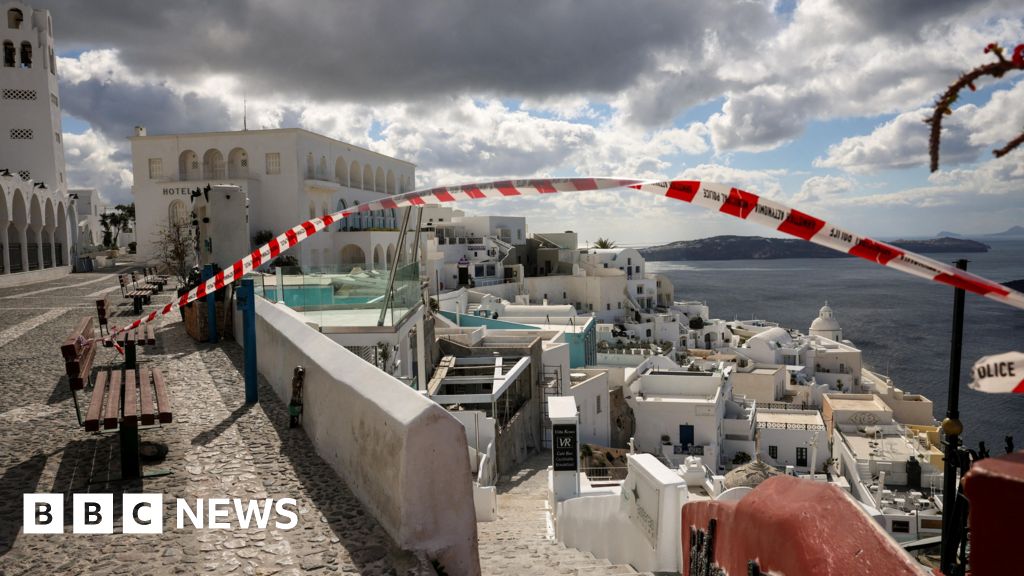
The picturesque island of Santorini has recently experienced a significant earthquake measuring 5.3 on the Richter scale, marking the most substantial seismic event in the region amid ongoing tremors. This earthquake struck on Monday evening and was notably shallow, occurring at a depth of 17 kilometers (approximately 10.6 miles).
The vibrations from the quake were felt as far away as Athens, prompting heightened awareness among residents of nearby Amorgos island, who are on alert due to this and a preceding moderate quake of 5.0 magnitude that occurred the night before.
Santorini, a favored destination for travelers, has been under a wave of seismic activity since January, with the University of Athens’ Seismological Laboratory recording over 12,800 earthquakes in the area.
In response to safety concerns, local residents have taken it upon themselves to monitor dangerous areas, discouraging tourists from capturing images too close to the cliffs. Landslides triggered by the tremors have been reported across various locations on the island, and experts caution that the risk of a significant earthquake is still a possibility.
Initially, seismologists were hopeful that the strength of the tremors would begin to diminish, but current observations suggest a troubling increase in seismic activity.
Due to the ongoing risk, a state of emergency will remain in effect on Santorini at least until March 3rd. The earthquake on Sunday was preceded by three smaller quakes, each exceeding 4.0 in magnitude, and there were additional similar tremors recorded on Monday morning.
Fortunately, inspections have indicated no structural damage in Santorini or Amorgos, and no injuries have been reported despite the thousands of quakes felt since January 26, leading to the evacuation of over 11,000 residents.
Educational institutions on Santorini, Amorgos, and several other nearby islands will stay closed for Monday and Tuesday.
In light of these events, a team from the Special Disaster Response Unit has been dispatched to Amorgos, equipped with specialized earthquake rescue vehicles, alongside technical crews to assess the electrical infrastructure.
Kostas Papazachos, a seismology professor at Aristotle University, recently stated that authorities should prepare for the possibility of continued seismic activity through February. He expressed cautious optimism that the situation may begin to stabilize soon.
“With a bit of patience, we could see a gradual reduction in these events in the coming weeks,” he noted, while not completely discounting the risk of a significant earthquake.
In a related note, the cruise ship Viking Star, carrying 893 passengers and 470 crew members, docked at Souda port in Crete early Monday, having altered its planned route to avoid the congested cable car system in Santorini due to the recent tremors.
Prior to this latest quake, the strongest recorded in the area was a 5.2 magnitude on Thursday. Earthquakes of magnitude six or above are classified as severe.
As one of Europe’s most seismically active regions, Greece continues to face challenges in understanding the current surge of earthquakes, which researchers have yet to associate with a major seismic event.
Located on the Hellenic Volcanic Arc, Santorini was formed by volcanic activity, but the last significant eruption occurred in the 1950s. Authorities have confirmed that the recent quakes stem from tectonic plate movements rather than volcanic activity.
While scientists continue to monitor these occurrences, the exact timing, magnitude, and location of earthquakes remain unpredictable.
Since January 26, 2025, the seismic activity in the Santorini-Amorgos region has led to the registration of over 12,800 quakes, underscoring the ongoing instability in this popular tourist area.
Additional insights provided by Ruth Comerford.









